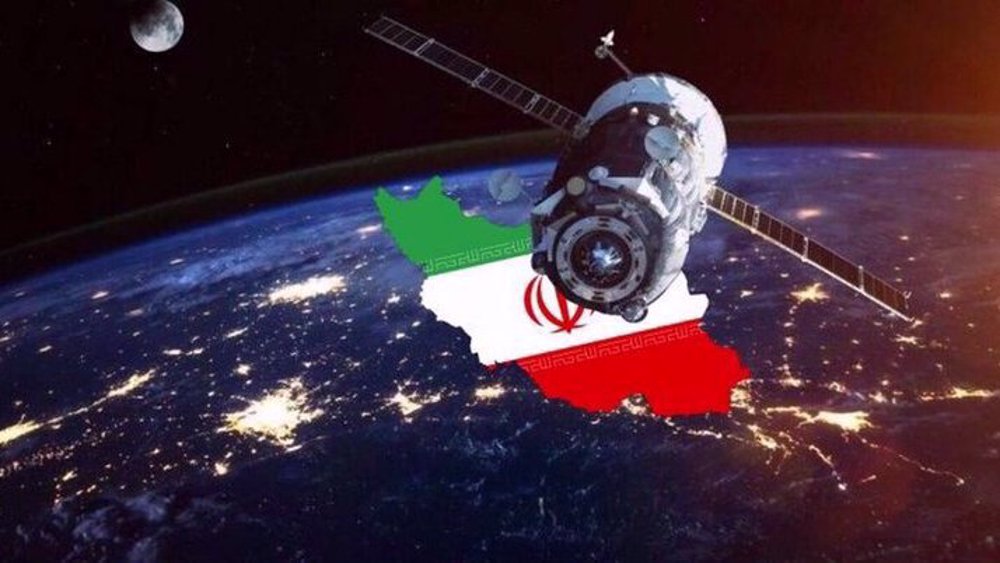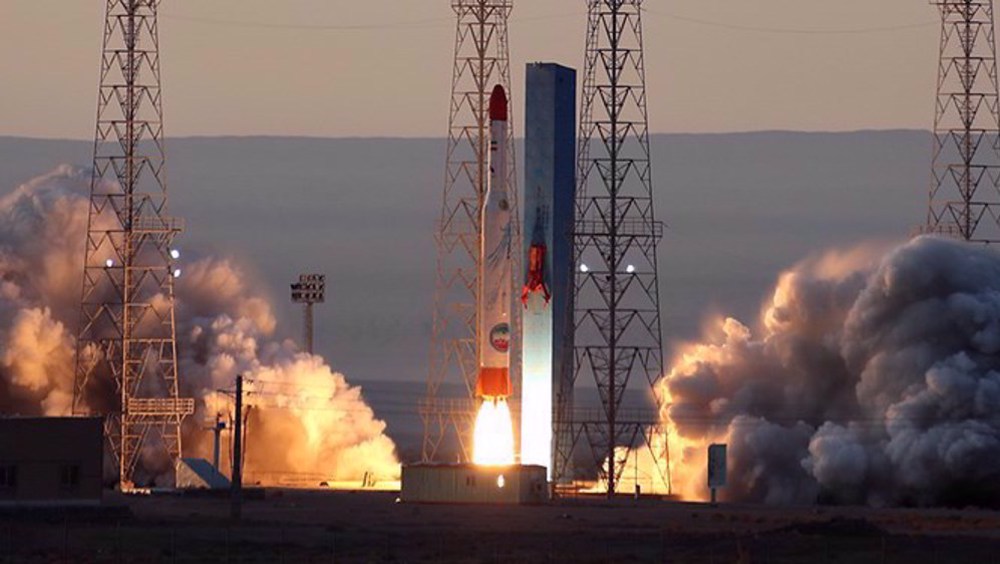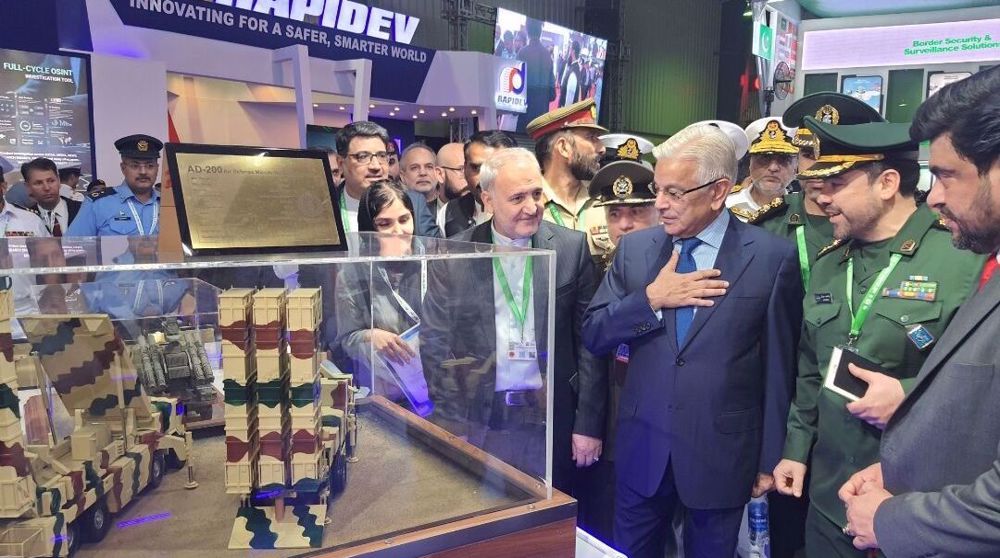Iran to launch up to 7 new homegrown satellites into orbit by yearend: Official
The head of the Iranian Space Agency (ISA) says the Islamic Republic plans to send between five to seven domestically-developed satellites into space by the end of the current Iranian calendar year ending on March 20, 2025.
Hassan Salariyeh stated on Monday that his agency aims to have several satellite launches this year, just like the previous year, noting they will be carried out by the Aerospace Force of Iran’s Islamic Revolution Guards Corps (IRGC), the Ministry of Defense, the Aerospace Industries Organization (AIO), and a number of foreign space companies.
Salariyeh noted that the ISA would have two foreign launches this year, adding that homegrown Tolo-3 (Sunrise-3) and Zafar-2 (Victory-2) satellites will be sent into orbit with foreign space launch vehicles (SLVs) in upcoming months.
He added that the Iranian Space Agency is planning sub-orbital launches in cooperation with the IRGC Aerospace Force.
Homegrown Kowsar satellite, designed and manufactured by the private sector, will also be put into space this year, Salariyeh said.
On September 14, Iran successfully sent into orbit the domestically-developed Chamran 1 research satellite, registering another impressive stride in the country’s space program.
The satellite was put into orbit at an altitude of 550 kilometers (341 miles) above the Earth’s surface onboard a homegrown Qaem-100 space launch vehicle (SLV).
Several hours into the launch, the Iranian research satellite sent its first signals.
Chamran-1 satellite has been designed and manufactured by Iranian technicians at the space division of Iran Electronics Industries (SAIran), a state-owned subsidiary of Iran’s Ministry of Defense, in conjunction with experts at the Aerospace Research Institute (ARI) and private knowledge-based firms.
Weighing approximately 60 kilograms, the primary mission of the Iranian research satellite is to test hardware and software systems for orbital maneuver technology validation.
Despite sanctions imposed by Western countries in recent years, Iran has taken giant strides in the civilian space program.
The country is among the world’s top 10 nations capable of developing and launching satellites.
Earlier this year, Iran successfully sent the homegrown Mahda research satellite, along with two research cargoes, to space onboard the domestically developed Simorgh (Phoenix) satellite launch vehicle (SLV).
Mahda weighs 32 kilograms and its primary task is to test the satellite-related subsystems, verify the function of Simorgh SLV in dispensing space cargoes, and evaluate the performance of new designs and the reliability of indigenous technologies in space.
Earlier, the IRGC Aerospace Force successfully put the Soraya satellite into an orbit 750 kilometers above Earth in 11 minutes.
The research satellite, manufactured by the ISA, was launched with a Qaem-100 space launch vehicle (SLV).
Iran urges IAEA Governors Board to oppose E3’s anti-Iran resolution
Nov. 20: ‘Axis of Resistance’ operations against Israeli occupation
VIDEO | Iran celebrates National Hero Day, honoring Martyr Qassem Soleimani
VIDEO | Ethiopia-Somalia tensions worsen following port deal signed between Addis Ababa, Somaliland leaders
VIDEO | Iran commemorates martyrs on National Heroes Day
VIDEO | Press TV's news headlines
VIDEO | Iran-IAEA relations
Senior diplomat vows Iran will serve ‘decisive, immediate’ response to potential IAEA resolution











 This makes it easy to access the Press TV website
This makes it easy to access the Press TV website